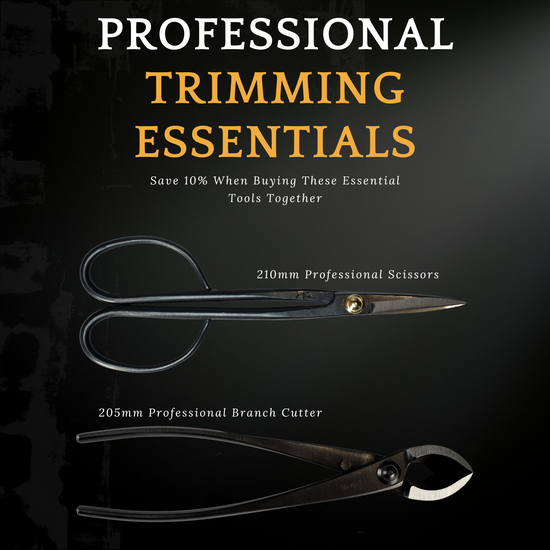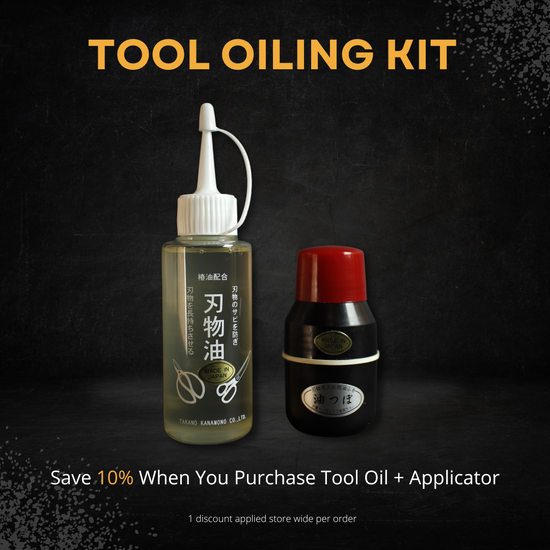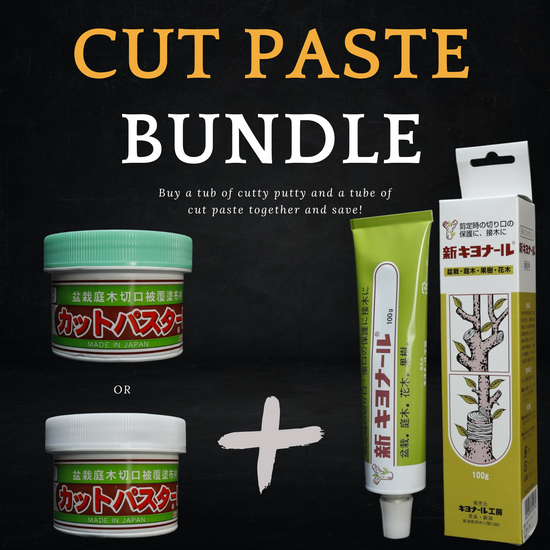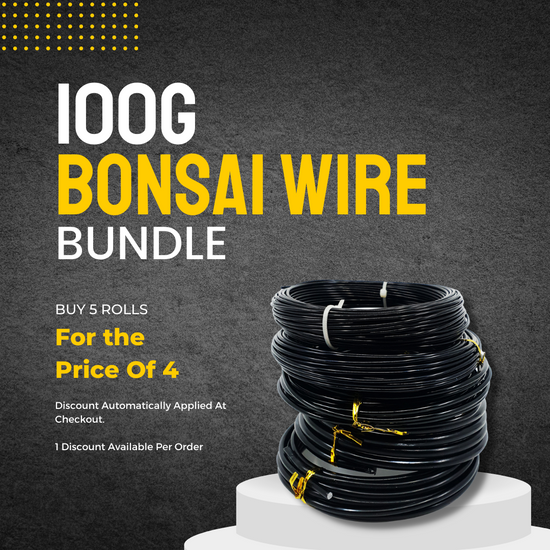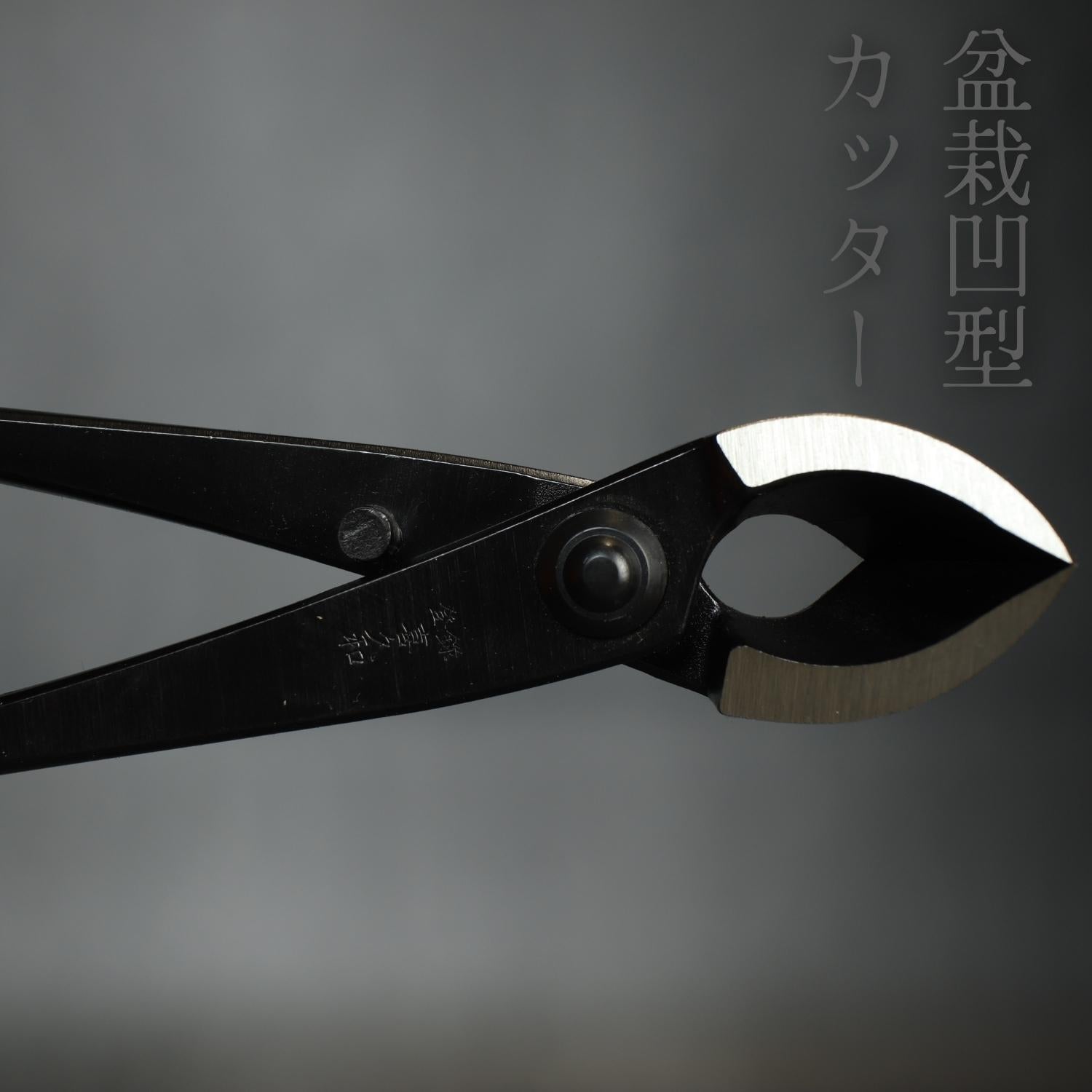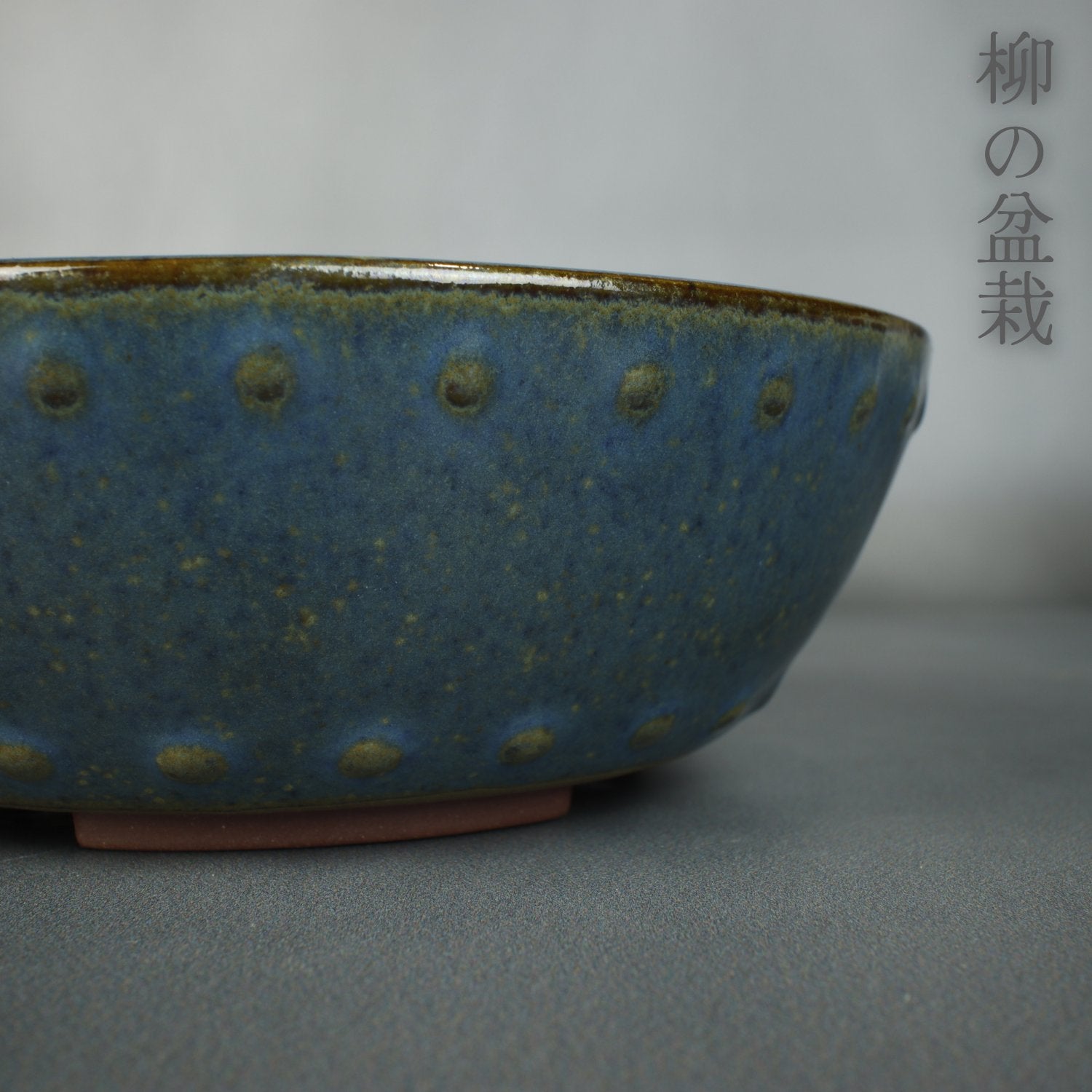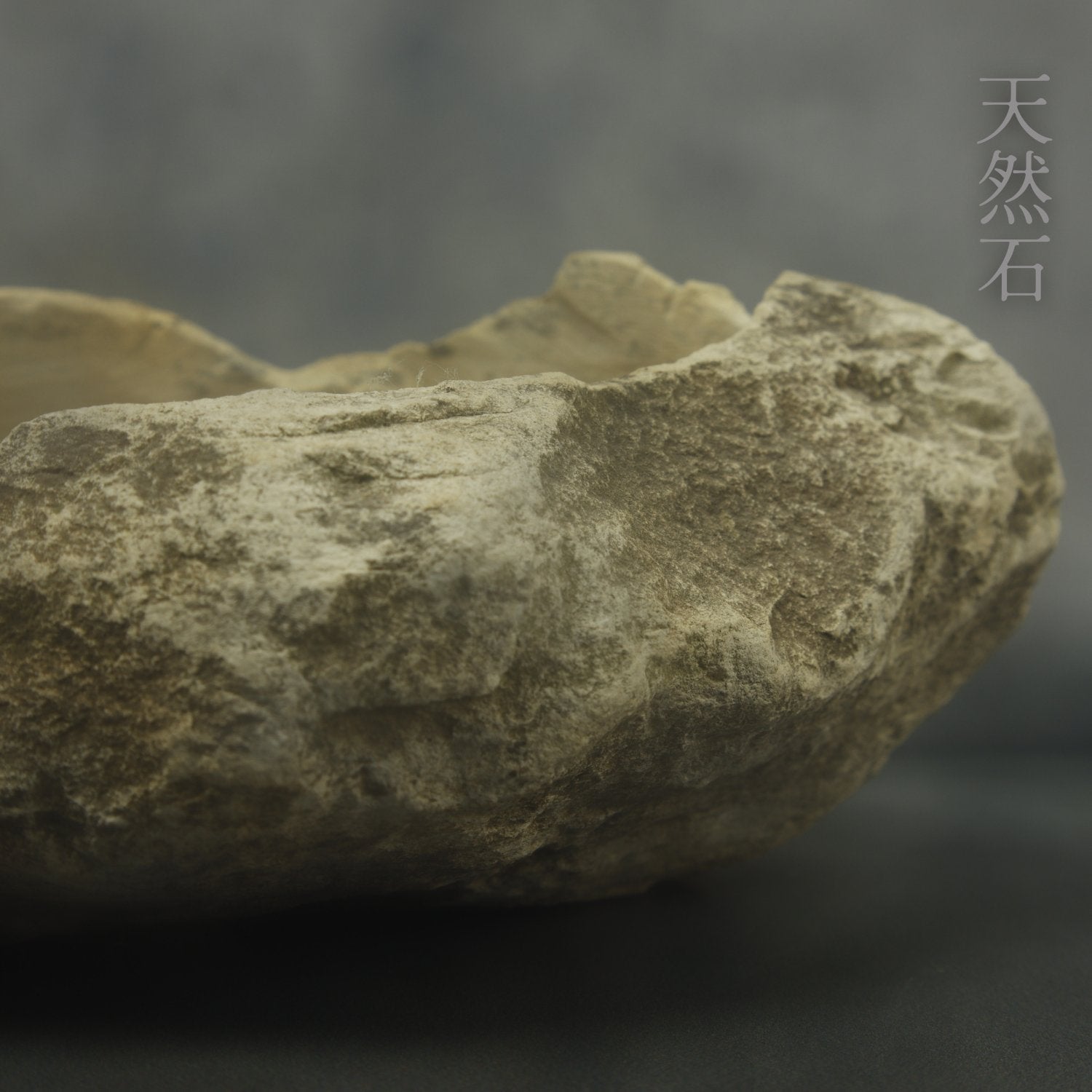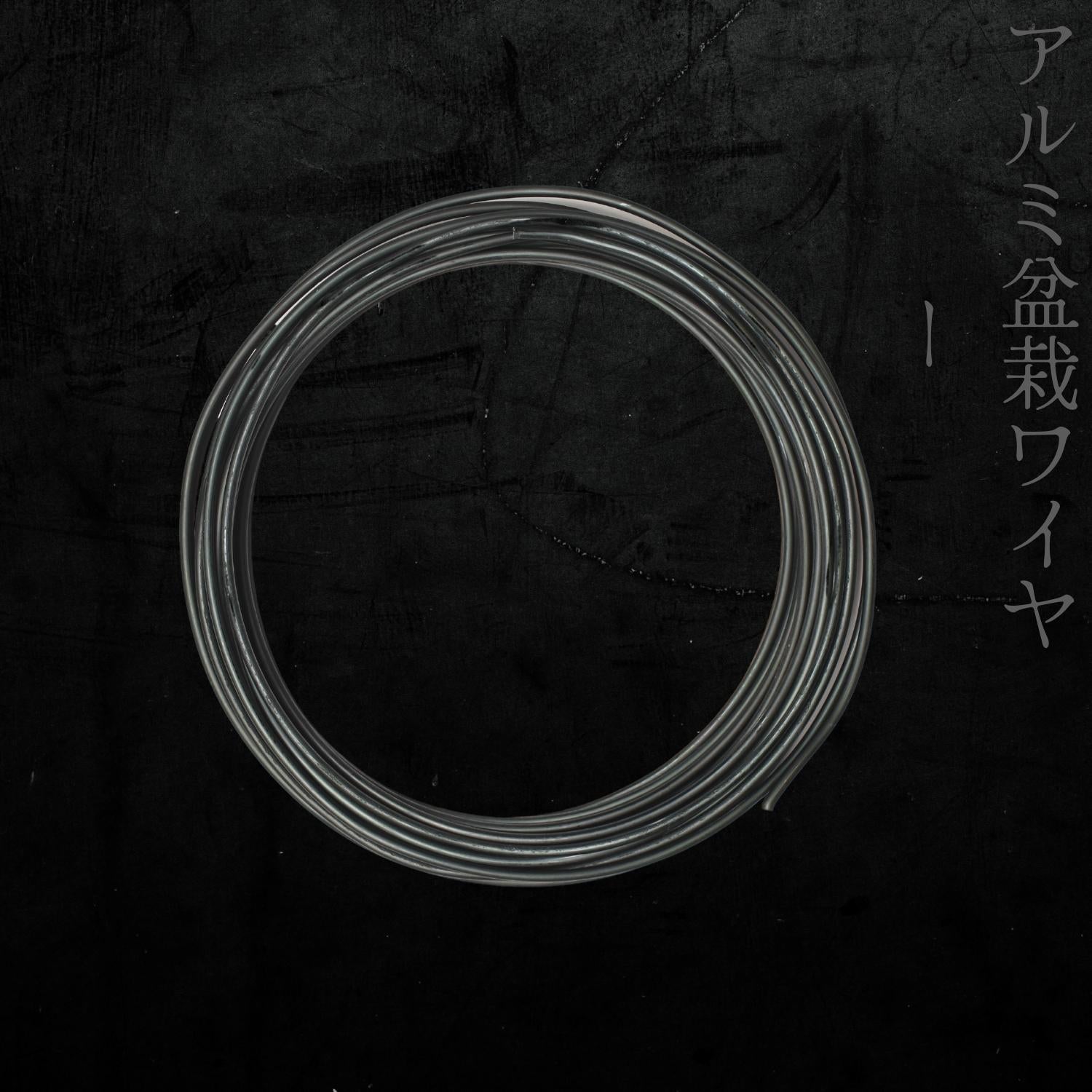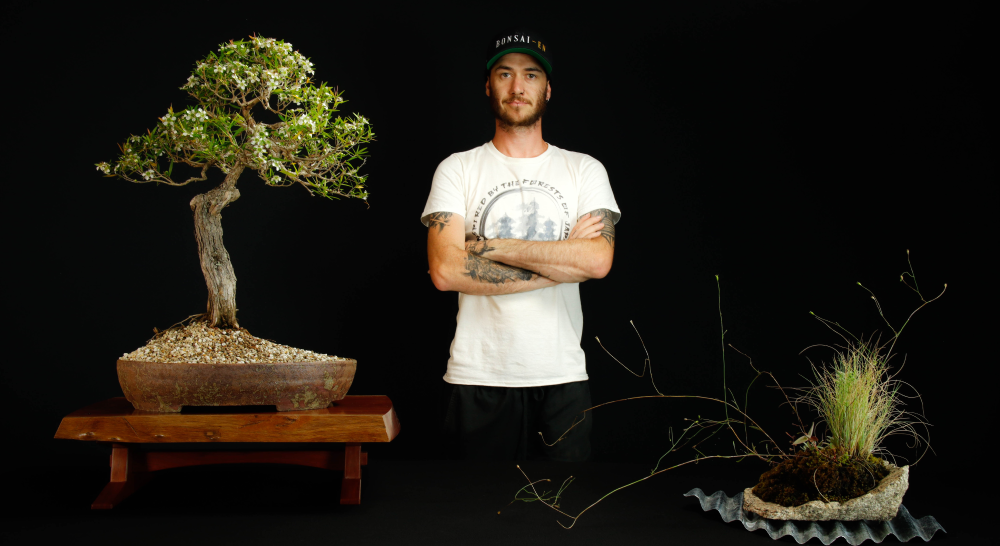What Is Air Layering?
Video Demonstration At The Bottom Of The Article.
Benefits of air layering for bonsai trees
- Greater control over the characteristics of the new tree: Air layering allows the bonsai enthusiast to select a specific branch or section of the tree to propagate, giving them greater control over the final characteristics of the new tree.
- Faster propagation: Air layering allows for faster propagation than other methods such as seed germination or grafting.
- Root development: Air layering can promote the development of strong, healthy roots which are vital for the health and longevity of bonsai trees. This also allows you to create a better Nebari which is a prized feature of bonsai trees.
- Ability to propagate hard-to-root species: Some species of bonsai trees are difficult to root through other methods, but air layering can be an effective way to propagate them.
- Creating clones: Air layering can also be used to create exact clones of a bonsai tree, preserving its unique features and characteristics.
- Creating thicker trunks: Air layering can be used to create thicker trunks on bonsai trees, which can improve their overall appearance and make them more suitable for certain styles of bonsai.
- Maintaining the age of the tree: Air layering allows you to maintain the age of the tree, which is an important aspect of bonsai.
Materials needed for air layering
- A sharp knife or Air Layering Scissors: This is used to make a clean cut on the branch that will be air layered. You can use a sharp grafting knife or a special designed air layering tool.
- Sphagnum moss or other rooting medium: This is used to wrap the cut area and promote root growth. Sphagnum moss is preferred because of its water-holding capacity.
- Plastic wrap and aluminum foil: This is used to cover the moss and create a humid environment that encourages root growth, The foil helps protect new fleshy roots from the sun.
- Raffia or garden twine: Raffia is used to secure the plastic wrap or aluminium foil in place.
- A plastic bag or clear plastic container (optional): This can be used to cover the moss and keep it moist.
- Potting soil and a container: Once roots have formed, the new bonsai tree will need to be potted in soil and placed in a container.
- Rooting hormone : A rooting hormone can be used to increase the chances of successful rooting.
Preparing A Bonsai Tree For Air Layering
- Age of the branch: The branch should be at least one year old, as younger branches may not have enough stored energy to support root growth.
- Size of the branch: The branch should be thick enough to support new root growth, but not so thick that it will be difficult to wrap with moss.
- Location of the branch: The branch should be located in an area that receives adequate sunlight and air circulation. Branches located in shaded areas or with poor air circulation may not be suitable for air layering.
- Health of the branch: The branch should be healthy and free of pests or diseases. Branches that are diseased or infested with pests may not be suitable for air layering.
- Species of the tree: Some species of bonsai trees are easier to air layer than others. Research the specific species of tree you are working with to ensure that it is suitable for air layering.
Making a clean cut on the branch is an important step in the air layering process. A clean cut will help to promote healthy root growth and reduce the risk of disease or infection. To make a clean cut:
- Use a sharp knife or Air Layer Tool to make a clean, straight cut on the branch.
- Make the cut at a slight angle, about 1/4 to 1/2 inch above a leaf node (the point where leaves grow out of the branch).
- Cut away the bark and leaves from the cut area. This will expose the cambium layer (the active growing layer of the tree) and allow the rooting hormone and moss to come into direct contact with it.
- If you are using a rooting hormone, it is recommended to apply it on the exposed cambium layer before wrapping it with moss.
Creating The Air Layer
- Soak the sphagnum moss in water until it is saturated and begins to feel cool to the touch.
- Carefully squeeze out excess water from the moss, making sure that it is still moist but not dripping wet.
- Place the moss around the cut area, making sure that the cut area is completely covered and that the moss is in direct contact with the cambium layer.
- Securing the moss with plastic wrap and aluminium foil is an important step in the air layering process, as it helps to keep the moss in place and create a humid environment that encourages root growth.
Keeping the moss moist is an important step in the air layering process, as it helps to promote root growth and ensure the success of the air layering. The moss should be kept moist at all times, but not too wet.
Here are a few ways to keep the moss moist:
- Watering: Water the moss regularly, making sure that it is always moist but not soaking wet. The moss should be kept consistently moist but not overly wet.
- Mist spraying: Mist the moss and foliage with water regularly, especially on hot or dry days. This will help to keep the moss moist and prevent it from drying out and will also slow transpiration of the foliage.
- Plastic bag or clear plastic container: Cover the moss with a plastic bag or clear plastic container to create a humid environment and keep the moss moist. This is especially effective when the moss is wrapped with plastic wrap and aluminium foil.
- Check the moss regularly: Check the moss regularly to ensure that it is not dry. If the moss is dry, water it or mist it with water immediately.
Root Development and Separating the Air Layer
- Check the moss regularly: Check the moss regularly to ensure that it is moist and that no mold is present. If the moss is dry, water it or mist it with water immediately.
- Check for root development: Check for root development by gently pulling back aluminium foil. Look for small white or light-coloured roots growing from the cut area.
- Wait for the right time: Depending on the species of the tree, the size of the branch, and the time of year, the roots may take a few weeks or several months to develop. It's important to be patient and wait for the roots to develop fully before potting the new bonsai tree.
Separating the air layer from the parent plant is the final step in the air layering process. It is important to make sure that the roots have fully developed and that the new bonsai tree is ready to be potted in soil.
Here are the steps to separate the air layer from the parent plant:
- Carefully remove the plastic wrap and aluminium foil and the moss from around the cut area. Be careful not to damage the roots on the new bonsai tree.
- Gently tease out the roots from the moss and the surrounding soil. Make sure that the roots are well developed and that they are not too tangled.
- Use a sharp, clean folding saw to cut the new bonsai tree away from the parent plant, as close to the base of the new bonsai tree as possible. You may need to also use root cutters or knob cutters to cut more of the remaining stem away up in the middle of the root ball.
- Pot the new bonsai tree in a container filled with bonsai soil. Make sure that the soil is well drained and that the new bonsai tree is planted at the same depth as it was in the parent plant.
- Water the new bonsai tree well and place it in a location with the appropriate lighting and temperature for the species.
Care And Maintenance Of A Separated Air Layer
- Watering: Water the new bonsai tree well immediately after planting it in its new container. Water it again the next day to ensure that the soil is thoroughly moist. After that, water the bonsai when the soil feels dry to the touch. It's important not to over-water the bonsai, as over-watering can lead to root rot.
- Fertilizing: Fertilize the new bonsai tree with a balanced fertilizer, such as a 10-10-10 fertilizer, according to the package instructions. It's important not to over-fertilize the bonsai, as over-fertilizing can lead to nutrient burn.
- Light: Place the new bonsai in a location with the appropriate lighting for the species. Most bonsai trees prefer bright, indirect light.
- Temperature: Keep the new bonsai in an area with the appropriate temperature for the species.
Conclusion
- Faster growth: Air layering allows bonsai trees to grow more quickly than they would if they were grown from seed.
- Cloning: Air layering allows bonsai enthusiasts to clone their favorite bonsai trees, creating exact copies that have the same characteristics and qualities as the parent plant.
- Root development: Air layering allows bonsai enthusiasts to control the development of roots on a bonsai tree, which is important for the overall health and growth of the tree.
- Creating new bonsai: Air layering allows bonsai enthusiasts to create new bonsai trees from mature trees, which can save time and effort compared to growing bonsai from seed.
- Variety: Air layering allows bonsai enthusiasts to propagate many different types of bonsai trees, adding variety to their collection.


